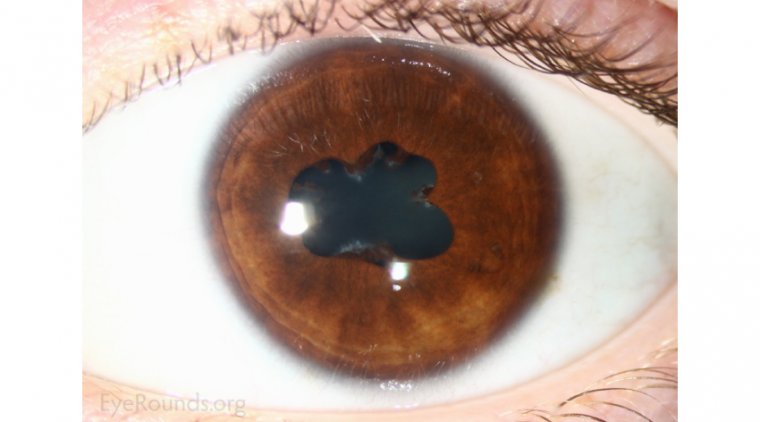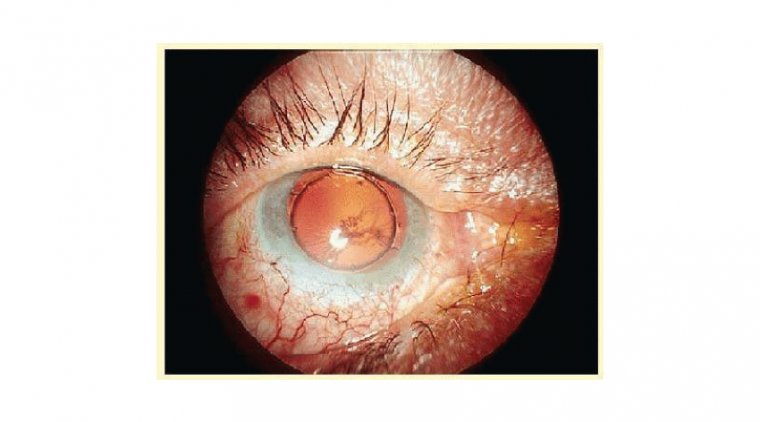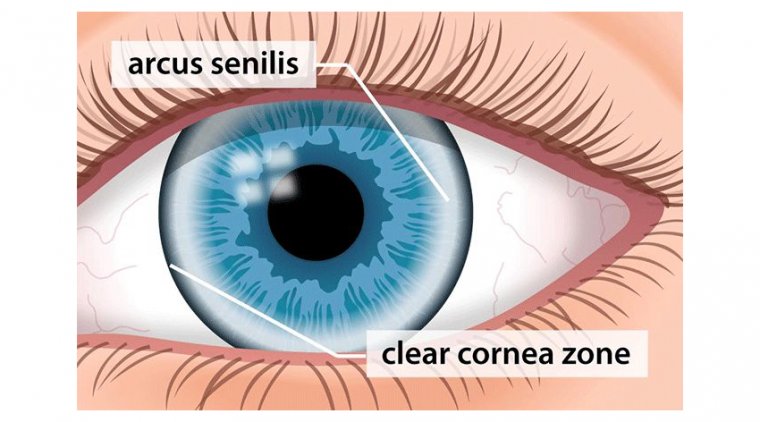
Panophthalmitis: A Sight-Threatening Infection
Panophthalmitis is a serious and potentially blinding infection of the eye that involves the entire globe of the eye. It is a rare but serious condition that requires prompt medical attention and treatment.
Causes of Panophthalmitis
● Bacterial infections: The most common cause of panophthalmitis is a bacterial infection, such as Staphylococcus aureus or Streptococcus pneumoniae. These bacteria can enter the eye through a variety of means, including a penetrating injury, trauma, or a surgical procedure.
● Fungal infections: Fungal infections, such as Aspergillosis and Candida, can also cause panophthalmitis. These infections can occur in individuals with weakened immune systems or in those who have had previous eye surgeries.
● Trauma: Trauma to the eye, such as a penetrating injury or a foreign body in the eye, can also cause panophthalmitis. In these cases, the bacteria can enter the eye through the site of the injury and cause an infection.
● Systemic infections: In some cases, panophthalmitis can be caused by a systemic infection, such as sepsis, that spreads to the eye through the bloodstream.
Signs and Symptoms of Panophthalmitis
Redness and swelling of the eye: The eye may appear red and swollen, with the eyelids appearing puffy and swollen.
Pain: The patient may experience severe pain in the affected eye, which may be exacerbated by movement of the eye.
Decreased vision: Vision may be decreased or lost completely.
Light sensitivity: The patient may experience sensitivity to light.
Discharge: The patient may experience a thick, purulent discharge from the affected eye.
Difference Between Panophthalmitis and Endophthalmitis
Panophthalmitis and endophthalmitis are both serious infections that affect the eye, but there are some key differences between the two conditions.
Panophthalmitis is an infection that affects the entire eye, including the eyelids, sclera, cornea, iris, and retina. Endophthalmitis, on the other hand, is an infection that affects the internal structures of the eye, including the vitreous humor and the retina.
How to Diagnose Panophthalmitis
To diagnose panophthalmitis, an eye doctor will first perform a thorough eye examination. This may include measuring the patient's visual acuity, examining the eye with a microscope, and performing a test called a slit-lamp examination to look for signs of inflammation. The doctor may also take a sample of fluid from the eye to check for bacteria or other signs of infection.
In some cases, imaging tests such as ultrasound or computed tomography (CT) scans may be used to help diagnose panophthalmitis and to determine the extent of the infection.
Managing Panophthalmitis
The primary treatment for panophthalmitis is antibiotics to fight the infection and reduce inflammation. Steroids may also be used to reduce inflammation and prevent complications. In severe cases, surgery may be necessary to remove infected tissue and prevent the spread of the infection.
It's important to follow your doctor's instructions carefully and take all medications as prescribed. It's also important to attend all follow-up appointments to monitor your progress and ensure that the infection is responding to treatment.
Managing Your Panophthalmitis At Home
● Apply a warm compress to the affected eye to reduce pain and inflammation.
● Keep your head elevated to reduce swelling and pressure in the eye.
● Avoid touching or rubbing your eye, as this can further irritate the infection.
● Wear protective eye gear, such as goggles or safety glasses, to reduce your risk of further injury or infection.
● Avoid activities that may further irritate the eye, such as swimming or using contact lenses.
Conclusion
It is important to note that panophthalmitis is a serious condition that can lead to severe complications, including blindness. If you suspect that you or a loved one may have panophthalmitis, it is essential to seek medical attention as soon as possible. Early diagnosis and treatment can prevent severe complications and improve the chances of preserving vision in the affected eye.
(1).jpg)










